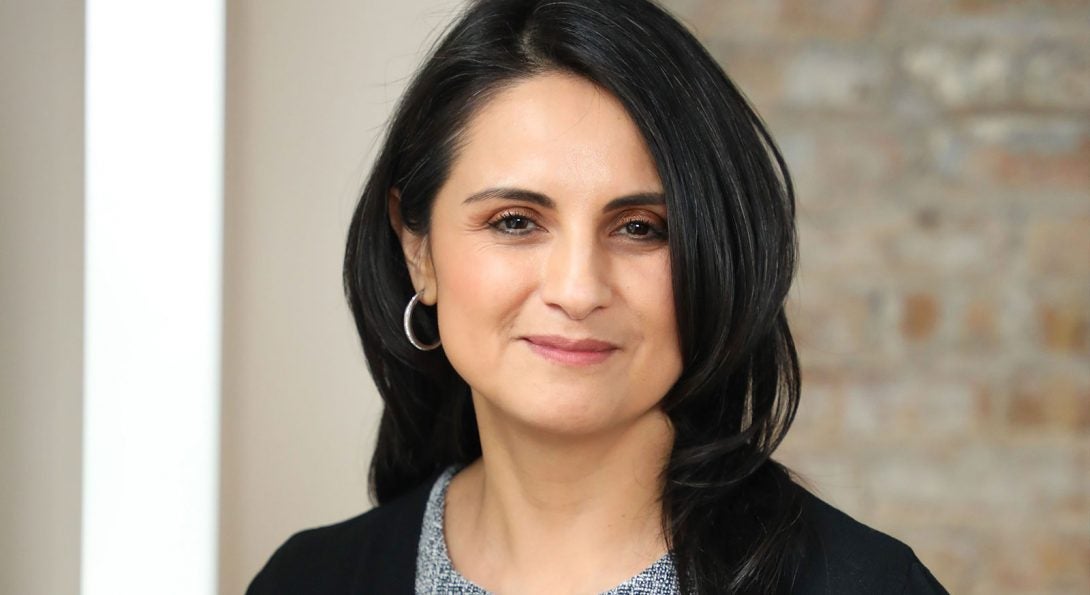Daysi Diaz Strong: Illuminating the Complexities of Undocumented Childhood Arrivals

Assistant Professor Diaz-Strong adds to the college her expertise in the experiences, developmental trajectories and outcomes for Latinx undocumented immigrants.
The research focus of Daysi Diaz-Strong, PhD, who joined the college in Fall 2019 as assistant professor, are the educational experiences and outcomes, as well as developmental trajectories of children and youth who enter the U.S. as undocumented immigrants.
“My work has looked at how these young people navigate going to college, what their experiences are in college, and how immigration policy complicates this,” she says. “For example, if you’re undocumented you don’t qualify for federal financial aid. In becoming adults, undocumented youth are figuring out what they want to do and often want to go to college, but realize it will be prohibitively difficult financially. It creates emotional turmoil and disrupts their expectations for life in adulthood.”
While working with youth in a detention center in Chicago, she encountered a particular group of young immigrants who are especially misunderstood. This group is referred to as the 1.25 generation, and are youth who came to the U.S. when they were ages 13 to 17, therefore closer to adulthood when they arrived. “At the detention center, I was working with boys ages 14 to 17, and they were telling stories very different than what I’d previously heard or what other scholars had recorded, and different from my own experience,” says Diaz-Strong, who came to the U.S. as an undocumented childhood arrival at the age of nine. “I couldn’t find much in the literature about the 1.25 generation, so I wanted to tell their story.”
To fill this gap in our understanding, she examined the experiences of 40 adults who had arrived in the U.S. as undocumented childhood arrivals at ages 13 to 17. About half of her participants never enrolled in U.S. high schools in the United States. For this group, she found that their experiences in the U.S. diverged by gender. “The young men I talked to had immigrated specifically to work, to support family in their country of origin, so consequently never enrolled in high school, let alone college,” she says. “Their goal was providing for their family. The gender norm that men are the providers was central in these cases.” As teenagers looking for work without authorization, in the U.S., these young men encountered exploitative work conditions.
Women who did not enroll in school, she says, faced isolation and gender oppression in the U.S. “In Mexico, compulsory education ends at 15, so the path to further education can be unclear. Teenage women may marry with the intention of coming to the U.S. to continue their education” she explains. “But once in the U.S., gendered constraints to their autonomy, lack of information to enroll in school, and the inability to work and obtain a driver’s license isolates them and makes them vulnerable to intimate partner violence. Young women who have children as teenagers are particularly vulnerable as they are cut off from social networks and institutions while caring for their infants."
Diaz-Strong estimates that 30-40 percent of childhood arrivals are 1.25 generation, “but their story is not fully understood or told,” she says. “We need to understand how immigration policy has different impacts for childhood arrivals based on the timing of their immigration, or their life stage at immigration. I’m trying to expand the conversation around undocumented childhood arrivals so that it includes all of their unique challenges and needs.”